Integrates with Windows Task Scheduler. Two-step verification. Complicated setup. Open File Explorer and click on the View tab (in the top ribbon). Then, make sure that the checkbox associated with Hidden items is checked. With hidden items enabled, open up each drive and look for any semi-translucent files that end with the.zip extension. If you find any, right-click on it and choose Delete to remove it from the drive.
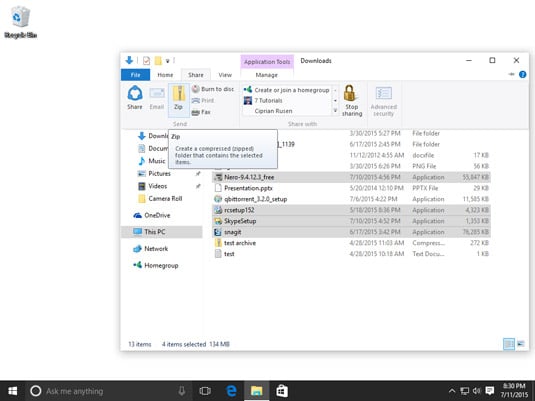
Zipped (compressed) files take up less storage space and can be transferred to other computers more quickly than uncompressed files. In Windows, you work with zipped files and folders in the same way that you work with uncompressed files and folders. Combine several files into a single zipped folder to more easily share a group of files.
To zip (compress) a file or folder
Locate the file or folder that you want to zip.
Press and hold (or right-click) the file or folder, select (or point to) Send to, and then select Compressed (zipped) folder.
A new zipped folder with the same name is created in the same location. To rename it, press and hold (or right-click) the folder, select Rename, and then type the new name.
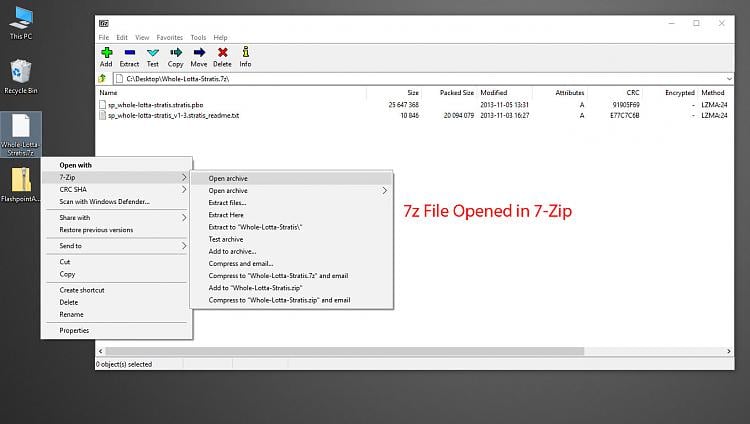
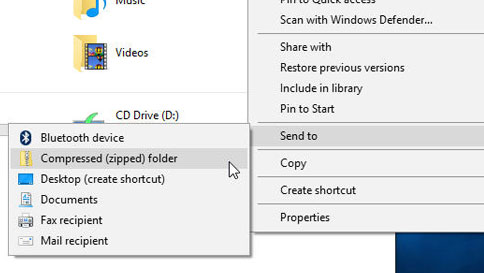
To unzip (extract) files or folders from a zipped folder
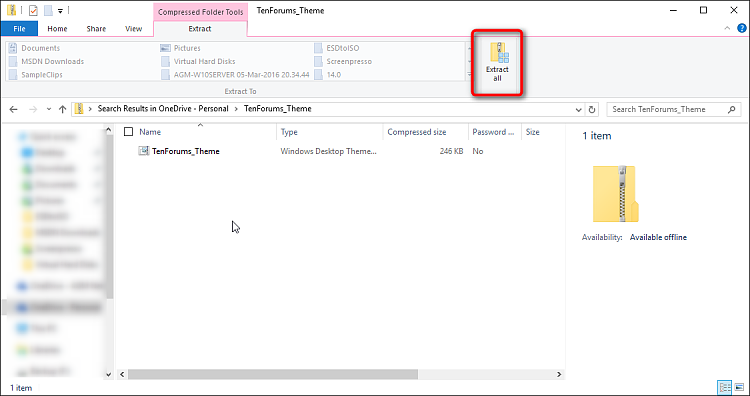
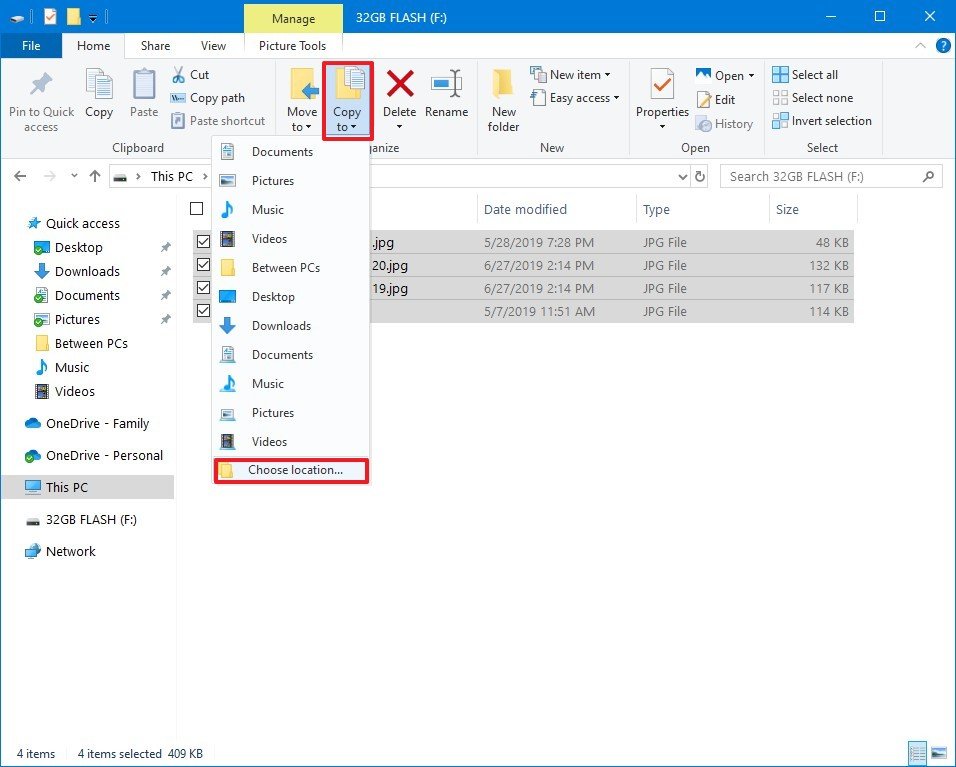
Open Zip Drive Windows 10 Driver
Locate the zipped folder that you want to unzip (extract) files or folders from.
Do one of the following:
To unzip a single file or folder, open the zipped folder, then drag the file or folder from the zipped folder to a new location.
To unzip all the contents of the zipped folder, press and hold (or right-click) the folder, select Extract All, and then follow the instructions.
Open Zip File Windows 10
Notes:
Open Zip Drive On Windows 10
To add files or folders to a zipped folder you created earlier, drag them to the zipped folder.
If you add encrypted files to a zipped folder, they'll be unencrypted when they're unzipped, which might result in unintentional disclosure of personal or sensitive information. For that reason, we recommend that you avoid zipping encrypted files.
Some types of files, like JPEG images, are already highly compressed. If you zip several JPEG pictures into a folder, the total size of the folder will be about the same as the original collection of pictures.
